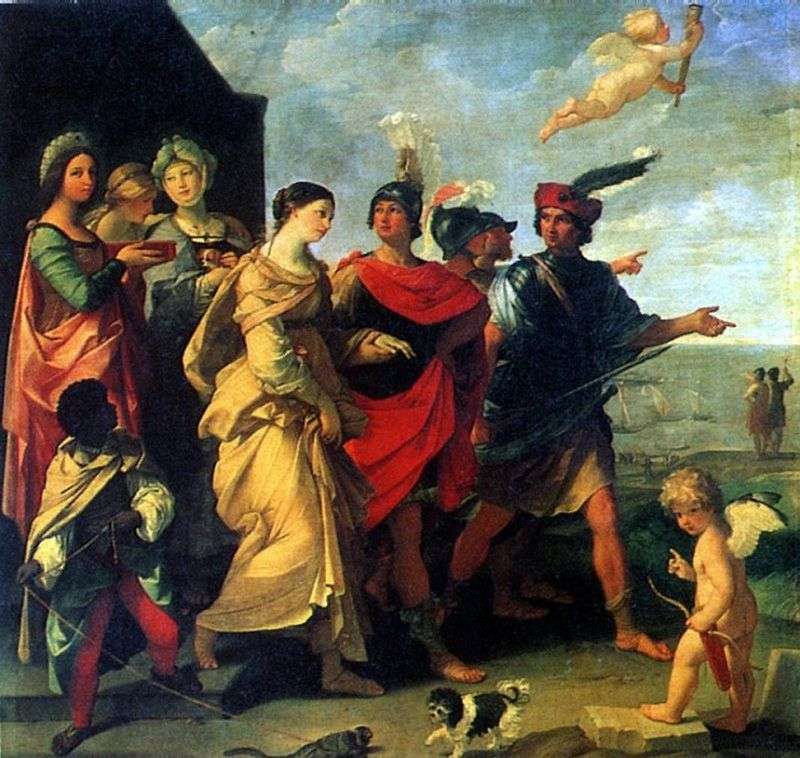
Painting by Italian artist Guido Reni “Abduction of Helen”. The size of the painting is 253 x 265 cm, oil on canvas. According to ancient Greek mythology, the famous for its divine beauty, Elena was the daughter of Zeus and Leda, sister of Clytemnestria. Helen, in the original myth-making undoubtedly a goddess, in Homer’s poems is the mortal woman, the wife of Menelaus, king of Sparta; because of its abduction by Paris, the Trojan War flared up.
During the war, Elena lives in Troy, like the wife of Paris, repenting of her wrongdoing, despising Paris and wishing with all her heart to return to her first spouse and abandoned daughter Hermione. Priam and noble elders Trojan pay tribute to her beauty. After the capture of Troy, Helen goes back to Menelaus, with whom she returns to Sparta. In the aftermath versions, the story of Elena became more complicated and was supplemented by many new details, probably partly borrowed from various local legends.
So in other myths, it was said that Elena, still a girl, was abducted by Theseus, but returned by her brothers. Of the two Odyssey stories, the legend developed that after the death of Paris, she became the wife of his brother Deiphobe, whom she gave out after the capture of Troy to Menelaus. Among other mythical stories connected with the Iliad and Odyssey, legends grew about Menelaus and Elena’s stay in Egypt, saying that Helen was not at all in Troy, but remained with the Egyptian Proteus king, to whom Menelaus was returned.
In order to reconcile this version with Homer, they composed that the ghost of Helen was in Troy. There was a story that the side sons of Menelaus, after his death, drove Elena out of Sparta; she fled to Rhodes, where she died hanging on a tree. Upon the death of Elena, her soul was transferred to the island of Leuka, where she was combined with Achilles. Legends about Elena were often reproduced by ancient artists, both Greek and Etruscan. In Sparta and other places, Elena was revered as a goddess.
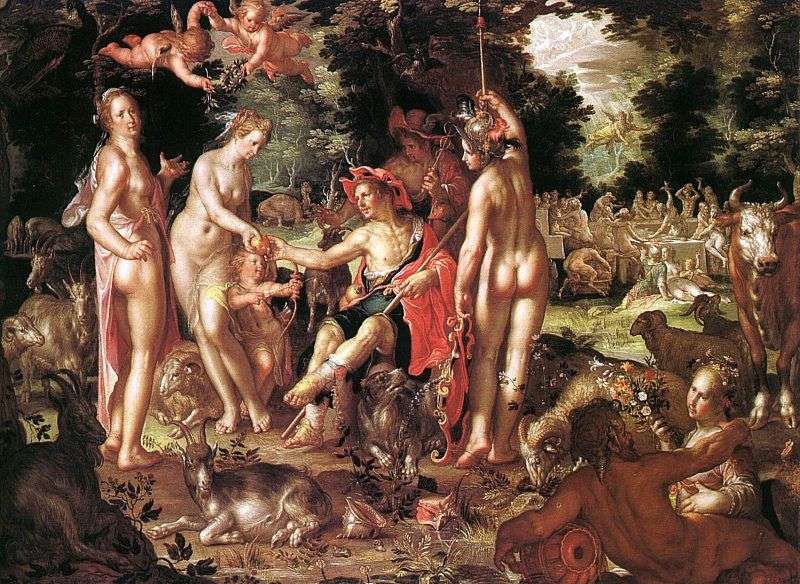 The Court of Paris by Joachim Eteval
The Court of Paris by Joachim Eteval Athena, Venus and Juno by Hans von Aachen
Athena, Venus and Juno by Hans von Aachen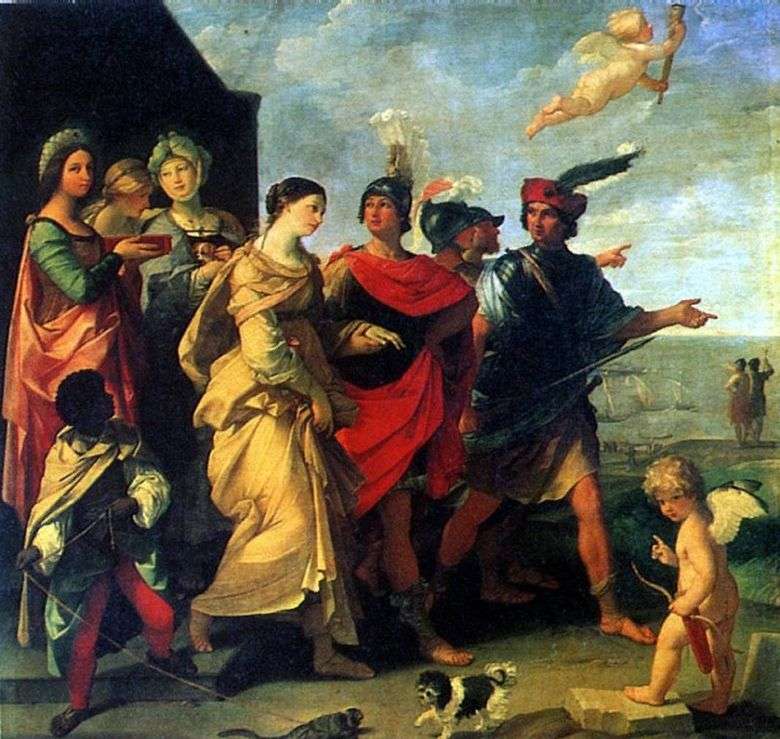 Secuestro de Elena – Guido Reni
Secuestro de Elena – Guido Reni Abduction of Proserpine by Hans von Aachen
Abduction of Proserpine by Hans von Aachen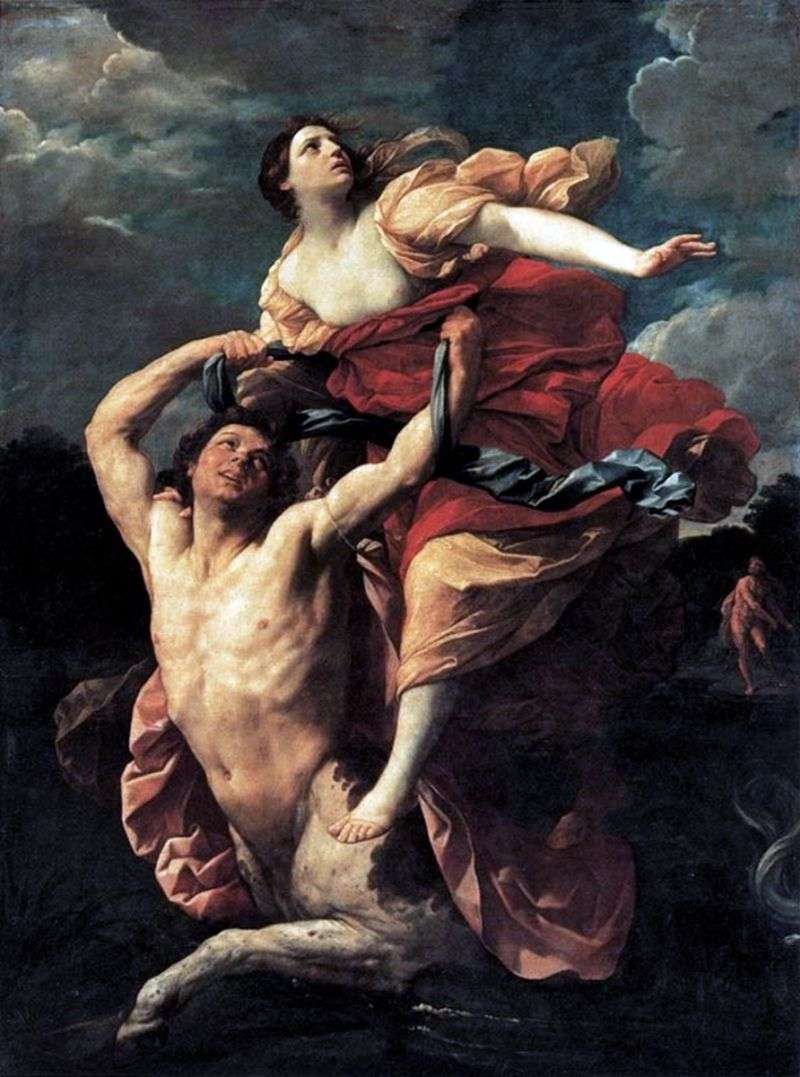 Abduction of Dejanira by Guido Reni
Abduction of Dejanira by Guido Reni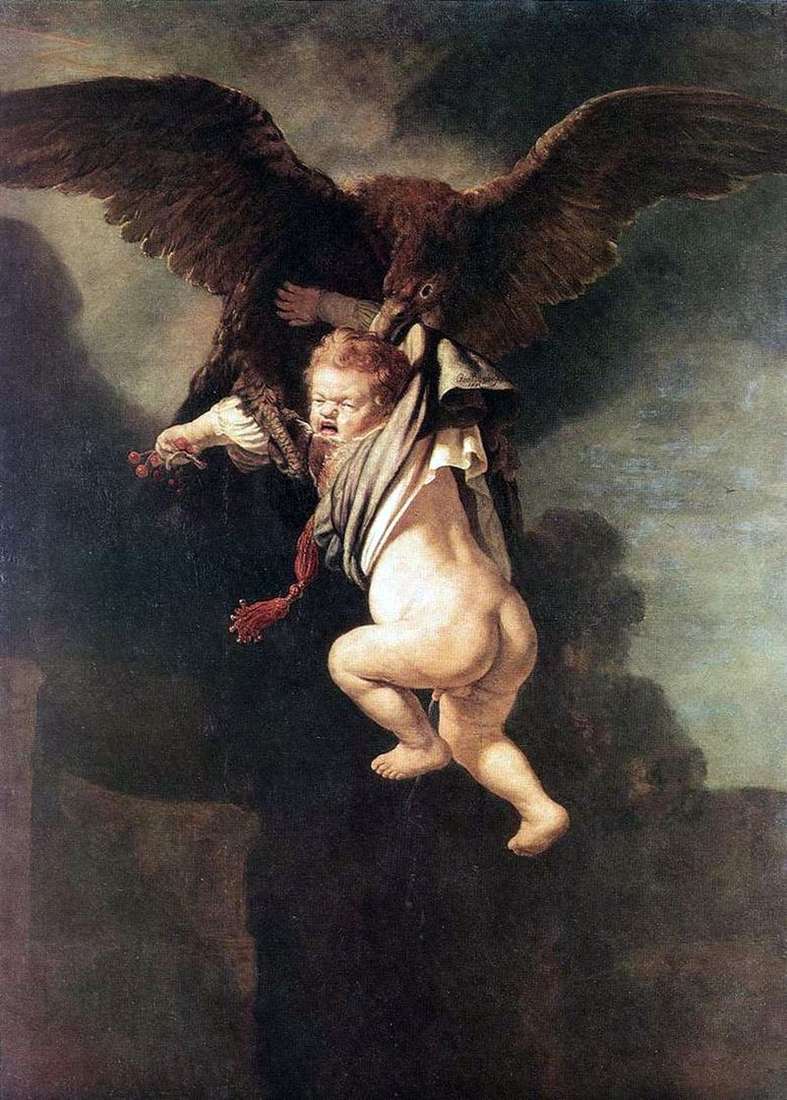 The Abduction of Ganymede (Ganymede in the Claws of an Eagle) by Rembrandt Harmens Van Rhine
The Abduction of Ganymede (Ganymede in the Claws of an Eagle) by Rembrandt Harmens Van Rhine Venus and the Volcano with weapons for Aeneas by Francois Boucher
Venus and the Volcano with weapons for Aeneas by Francois Boucher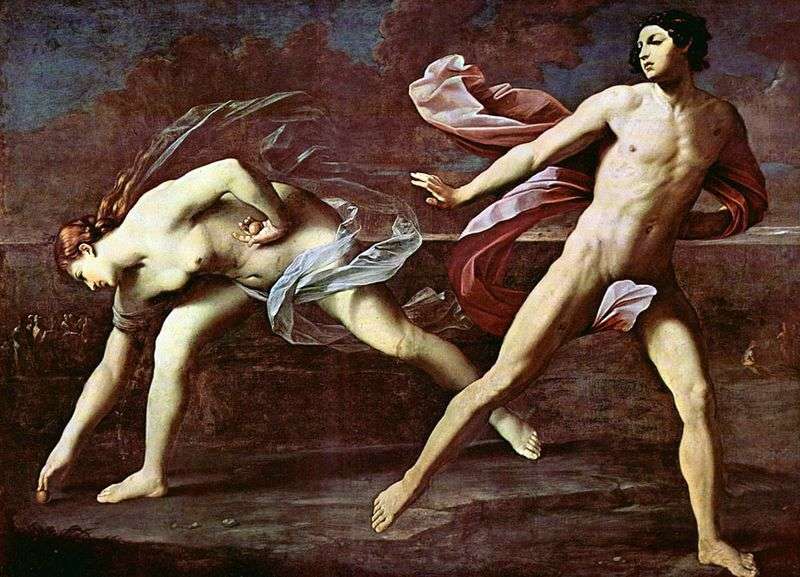 Atalanta and Hippomene by Guido Reni
Atalanta and Hippomene by Guido Reni